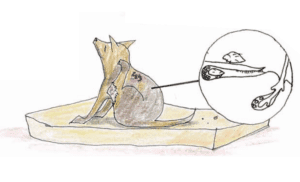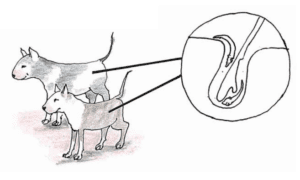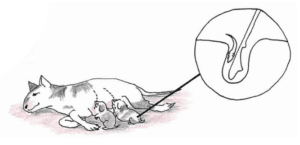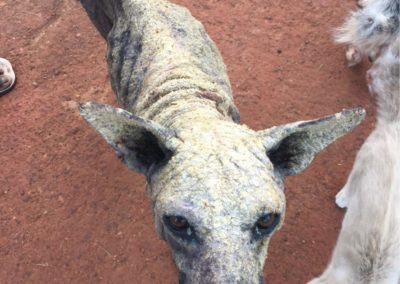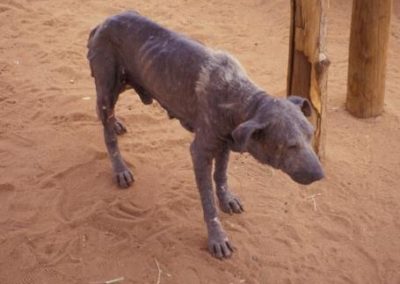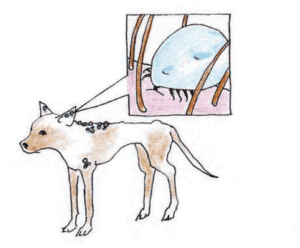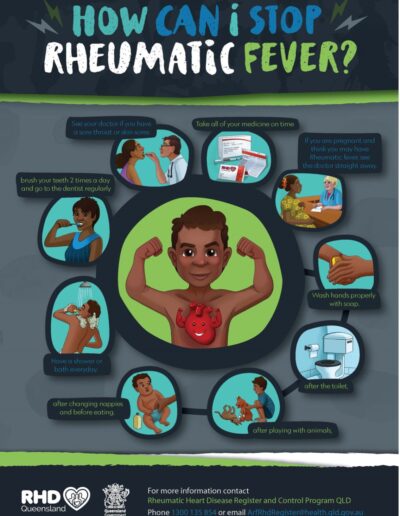CHAPTER SIX
Parasites that cause skin problems



In this chapter you can find information about different parasites that cause skin problems in dogs and cats.
At the end of the chapter, there is also some information about how skin problems in animals can be a problem for human health.
Dogs can have two different types of mange mites. The mites are called:
- Scabies mite – scientific name: Sarcoptes scabiei
- Demodex mite – scientific name: Demodex canis
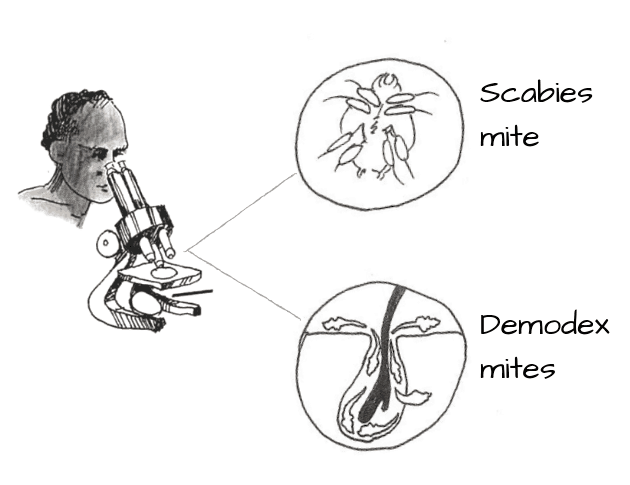
Scabies and demodex mites can only be seen with a microscope
Scabies mange
Scabies mange is caused by scabies mites.
It is sometime also called ‘sarcoptic mange’.
The scientific name for dog scabies mite is Sarcoptes scabiei var canis.
How do scabies mites cause sickness in dogs?
It only takes a few scabies mites to make a dog very, very itchy.
Scabies mites chew a burrow in the dog’s skin and lay their eggs. The mites’ spit makes the dog itch.
Dogs catch scabies mites from other dogs with scabies, or from places where mangy dogs have been. Old foam mattresses and dirty bedding are good hiding places for scabies mites.
Did you know?
Scabies mites can only live for about 3 days in the environment. After 3 days, they will die of starvation if they’re not on a host animal to feed.
On dogs, scabies mites can breed up and spread quickly from dog to dog.
If there is dog scabies in a house, most dogs from that house will have scabies mange.
Chapter 7 has information about treating dogs for scabies mange.
Does dog scabies cause health problems for people?
Yes. Dog scabies can cause problems for people.
People have their own type of scabies mite (Sarcoptes scabiei var. hominis). Human scabies can be a major problem for people in communities.
But dog scabies mite (Sarcoptes scabiei var canis) can also cause problems for people.

Dog scabies mites can move from dogs to people. This makes people itchy, but usually only for a few days.
Scabies mites make people and dogs itch so much that they can get sores on their skin. There is more information about skin sores at the end of this chapter.
If people have a weak immune system and catch dog scabies mites, the mites can breed up and cause a type of crusted scabies.
Dogs can also act as a “reservoir” or a hiding place for human scabies mites.
It’s also important to remember that mangy dogs also cause fear and shame for people who live with them. This can impact people’s mental health.
For both the dog and its human family, it is important that dogs are treated for mange and kept healthy.
Demodex mange
Demodex is another type of mite which can cause mange.
Mange caused by demodex mites is sometimes also called ‘demodectic mange’.
The scientific name for dog demodex mite is Demodex canis.
How do demodex mites cause sickness in dogs?
Dogs with lots of demodex mites can lose their hair, but it is different to scabies mange because dogs with demodex are usually not very itchy.
Demodex mites live in the hair roots. The mites die quickly if they are not on a dog.
It is normal for healthy dog to have small numbers of demodex mites.
On some dogs, the demodex mites breed up too much and cause demodectic mange.
Demodex is mostly only a problem for dogs with weak immune systems. Healthy adult dogs do not get demodex from other dogs.
Most dogs that do have a problem with demodex will have gotten the demodex mites from their mother when they were very young, and their immune system was still weak.
Some dog breeds, like Shar-peis, Pitbulls, Bull Arabs and Staffordshire Bull Terriers, have bad genes which can cause problems with demodex mites.
Dogs with bad demodex will usually pass it onto their puppies. It is best to desex dogs with bad demodex, so that they don’t breed.
Chapter 7 has information about treating dogs for demodex mange.
Does dog demodex cause health problems for people?
No. People do not catch demodex from dogs.
How to tell what is causing a dog’s mange
Mangy dogs can all look the same. A dog with scabies mange can look the same as a dog with demodex mange.
A vet can do a skin scrape and look at the mites under a microscope to tell if a dog has scabies mange or demodex mange.
Without a microscope, there a few things to look for, that can help you tell the difference between scabies and demodex mange.
A mangy dog probably has scabies mange if:
-
- It is very, very itchy.
- It has crusty skin.
- Other dogs in the house have mange too.
- People in the household are itchy too.
- You know there is a problem with dog scabies in the community.
- Ivermectin or Moxidectin work very quickly to fix it.
A dog probably has demodex mange if:
-
- It looks mangy but is not very itchy.
- It had a mother or father with the same problem.
- It is a pig-dog type breed, or a Shar-Pei, Pitbull or Staffordshire Bull Terrier.
- Ivermectin or Moxidectin do not work very well.
See Chapter 7 to learn more about treating mange.
AMRRIC has made a poster which summarises the differences between scabies and demodex mange. Click here to download the poster.
Some other skin problems can look like mange. These include:
-
- Ringworm
- Flea allergy – see the section on fleas, later in this chapter
- Scarred skin from bad ticks, old mange or hot water burns
If a mangy dog isn’t getting better with treatment, talk to your vet or AMRRIC about what else might be the cause of the problem.
Scabies mange or demodex mange?
Dogs with probable demodex mange.
These dogs probably have demodectic mange. Pig dogs often have trouble with demodex mites breeding up. The white mother dog has a stronger immune system than her brown pup, and so has less hair loss. The pup has a weaker immune system and so has more hair loss. The pup might get a bit better when it grows up and its immune system gets stronger. Image courtesy Stephen Cutter.
Dog with probable scabies mange.
This dog has some hair loss and is itchy – it probably has scabies. Dogs with scabies mange itch more than dogs with demodex mange. Image courtesy Stephen Cutter
Dog with probable demodectic mange.
This dog is a Sharpei cross breed. It only has a little bit of patchy hair loss around its face and along its back. This dog isn’t very itchy. Because of its breed and because it’s not very itchy, this dog probably has demodex mange. Image courtesy Courtney Falls/AMRRIC.
Dog with probable scabies.
The crusty scabs on this dog show that it has been scratching. Because it is itchy, it probably has scabies. These scabs have scabies mites in them. When the scabs get into the dirt or onto a bed, they let the mites hide in the environment for a longer time. Image courtesy Ted Donelan.
Old dog with probable demodex mange.
This old dog probably has demodex. He is not very itchy. He has lost his hair but has no open sores or scabs. Old animals have weaker immune systems. When animals have a weak immune system, the demodex mites can breed up and cause hair loss. Image courtesy Stephen Cutter.
Ticks
Ticks are small parasites that bite, attach to the skin and feed on the blood of animals (or sometimes humans).
When they feed on blood, ticks’ bellies swell up like a balloon.
Ticks are more common in warm, humid weather, and can be a big problem, especially in the wet season in the Top End.
Ticks survive well in the environment. They like to live in long grass or bushy areas, but some ticks can breed up quickly in house yards too.
One female tick can lay up to 5000 eggs, so without long-lasting medicine, it can be hard to get rid of ticks.
There are lots of different types of ticks, but there are only two types of ticks that usually cause problems for pets in communities:
-
- Brown dog tick – scientific name: Rhipicephalus sanguineus
- Paralysis tick – scientific name: Ixodes holocyclus
Brown dog tick
Brown dog ticks are the type of ticks that are seen most in communities.
They are the tick that people see all over dog’s ears and backs. Brown dog ticks can also be on other areas of the dog, like on their armpits, groin and belly.
Brown dog ticks are not usually a problem for cats.
Brown dog ticks are only found where there are dogs. They are not bush ticks.
If dogs are not given tick medicine the ticks build up in the environment.
Chapter 7 has information about tick medicines that will stop brown dog ticks.
How do brown dog ticks cause sickness in dogs?
Like all ticks, brown dog ticks bite through the skin and feed on blood.
Brown dog ticks can be a big problem for dogs, in a number of ways:
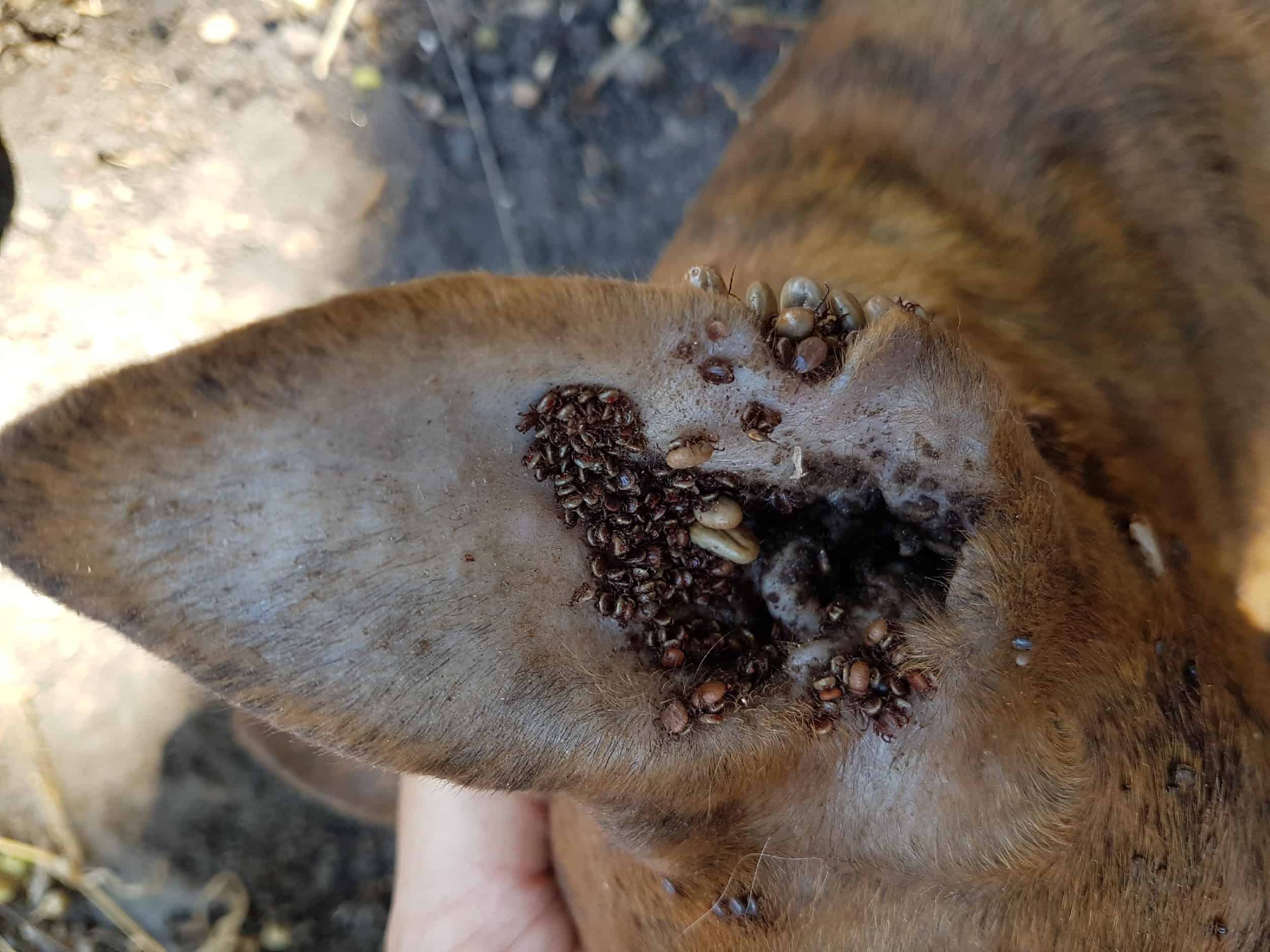
Brown dog ticks come in lots of sizes. The smaller ticks in this dog’s ear are young; the big grey ticks are adult females. Image courtesy of Jan Allen/AMRRIC.
1. Animal Welfare
If a dog has too many ticks it is an animal welfare problem.
Ticks make dogs feel itchy and sick. They can make large sores on the dog.
The owner may not want the dog around with so many ticks. This can mean the dog will not get the food and love it needs.
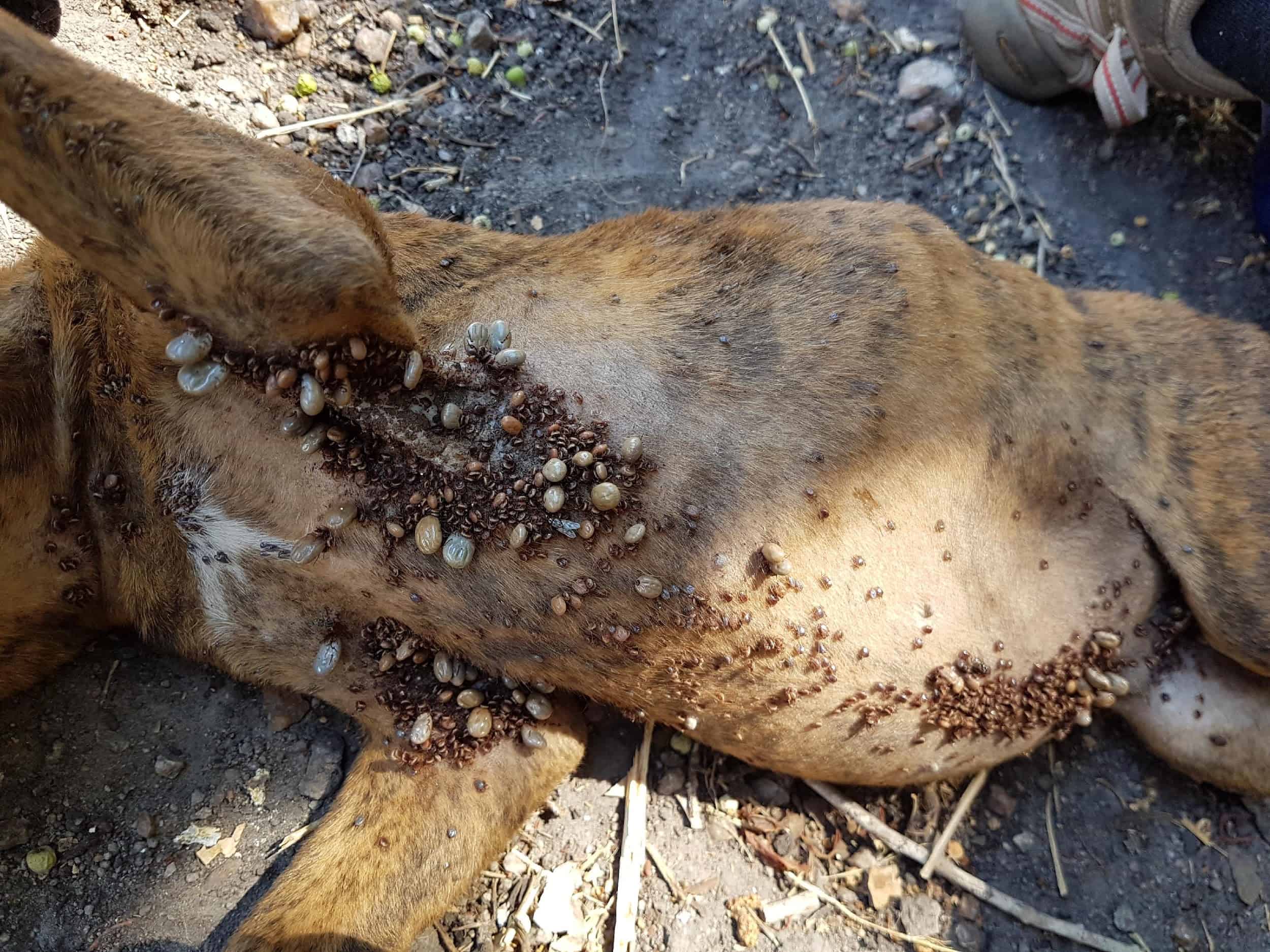
This number of ticks is a health and welfare problem. Image courtesy Jan Allen/AMRRIC
2. Weak Blood: Anaemia
Each tick on a dog sucks blood.
If there are too many ticks the dog will not have enough blood left and will get very weak.
When this happens, we say that these dogs have ‘anaemia’ or are ‘anaemic’.
Dogs and puppies can die from ticks causing anaemia.
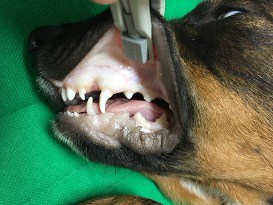
This dog has very white gums because it has lost a lot of blood. It is anaemic. Image courtesy Bonny Cumming/AMRRIC
3. Vector-borne diseases
Vector-borne diseases are diseases passed from ticks, fleas, mosquitoes or other biting insects, to animals (or people).
There are a number of vector-borne diseases that can be passed from brown dog ticks to dogs, including:
-
- Babesiosis
- Anaplasmosis
- Ehrlichiosis
- Haemoplasmosis
- Hepatozoonosis
- Rickettsiosis
Brown dog ticks can carry more than one of these diseases at the same time.
Dog with these diseases can be lethargic (lazy and sleepy), lose weight, have a fever and become anaemic.
Some dogs will recover, but some will die from these diseases.
These diseases are usually worse for young dogs.
Some of these diseases are also a problem for people – see Chapter 8 for more information on vector-borne diseases.
Do brown dog ticks cause health problems for people?
Yes. Brown dog ticks can be a problem for people.
When they breed up, there can hundreds of ticks in a house.
As well as crawling onto dogs, ticks can crawl up the walls, over bedding and onto people.
When there are lots of brown dog ticks in a house, it can make people feel unhappy and stop people sleeping well.
When they are looking for a feed, brown dog ticks sometimes also bite people.
These bites can get infected and turn into a skin sore. There is more information about skin sores at the end of this chapter.
When they bite people, brown dog ticks might also spread vector-borne diseases to people. See Chapter 8 for more information on vector-borne diseases.

There are hundreds of ticks crawling up this cat cage. Image courtesy Jan Allen/AMRRIC
Did you know?
In other countries, we know that brown dog ticks spread vector-borne diseases that make lots of people sick. We also know that in Australia, other types of ticks can carry tick-borne diseases that make people sick.
We don’t know about any cases of vector-borne disease from brown dog ticks in people in Australia yet, but there is a lot more research needed before we can say for sure.
Paralysis tick
Communities on the East Coast of Australia can have big problems with paralysis ticks.
Paralysis ticks like to live in bushy areas and long grass. They are more common in warmer weather.
Like other ticks, paralysis ticks bite through the skin and feed on the blood of animals (or sometimes people).
How do paralysis ticks cause sickness in dogs and cats?
Paralysis ticks can be a big problem for dogs and cats. Even just one paralysis tick can make a dog or cat sick.
Dogs and cats can get sick from the poison that paralysis ticks spit into the animal when sucking blood.
It normally takes about 3 days for a paralysis tick to pump enough poison into a dog or cat so that they start to show signs of poisoning.
Usually, the first sign that a dog or cat has been poisoned by a paralysis tick, is that it doesn’t want to eat.
As the poison keeps working, the dog or cat might start to cough, gag or vomit.
In dogs, their bark might sound different from normal; cats might meow differently. This is because the poison affects their voice box.
The dog or cat might start to get wobbly and weak. Their breathing can also change.

The red places on this map are where paralysis ticks are found. So far, paralysis ticks have not been found in the Northern Territory, South Australia, or Western Australia. Image: Australia_Color_Map.svg: Quickiebites. Syed in Wikipedia derivative work: Ninjatacoshell [CC BY-SA]. Accessed 30 December 2020
After a few days, a dog or cat with paralysis tick poisoning can be totally paralysed. The poison can even stop their breathing muscles and cause the animal to die.
A dog or cat showing signs of paralysis tick should be taken to a vet straight away. The vet can give special medicine to try to reverse the poison.
It’s important to know that medicine that kills ticks (see Chapter 7) will not fix a dog or cat that is already showing signs of poisoning from paralysis tick. Tick medicine will kill the ticks, but it can’t reverse the poison.
In paralysis tick areas, pets should be checked every day for ticks. Gordon Vet Hospital has a good instructional video for checking for ticks on pets.
If a tick is found, it should be removed carefully, using fine-tipped tweezers. Always try to pull out the whole tick (head included) without squeezing the body.
If an animal is sick from paralysis tick, it should be taken to a vet straight away.
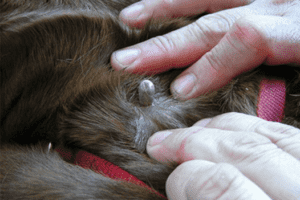
Did you know?
Australian native animals have evolved to live with paralysis ticks, and are not normally affected by paralysis tick poison.
Do paralysis ticks cause health problems for people?
Yes. Paralysis ticks can cause health problems for people.
The bite of the paralysis tick can be itchy and swell up. This can get infected and lead to skin sores. The end of this chapter has more information about skin sores.
When they’re bitten by a paralysis tick, some people also sometimes have a very bad allergic reaction called anaphylaxis. This is a rare but serious problem that can kill people.
After a bite from a paralysis tick, some unlucky people develop an allergy to red meat! This is a strange problem, but it does happen, and means that these people can’t eat red meat anymore.
Paralysis ticks can also poison people just like they can for dogs and cats. The poison is normally not enough to hurt an adult, but it can be a problem for children. Any child that gets a paralysis tick should see the clinic straight away.
Paralysis ticks might also carry vector-borne diseases, like Queensland Tick Typhus and Q Fever (caused by Coxiella burnetii). More research is needed to know how big a problem paralysis ticks are, in spreading these diseases to people.
There are some simple things people can do to avoid being bitten by paralysis ticks:
- Keep grass around houses short
- Avoid tick-infested areas like long grass or bushy places
If that’s not possible:
- Wear long sleeves and tuck pant legs into socks
- Wear light coloured clothing to make it easier to see and remove ticks
- Use an insect repellent that has DEET, permethrin or picaridin in it
The Australian Government have some good information about preventing tick bites, and removing ticks.
If ticks are really bad around houses, a pest controller might need to spray around the house and yard to kill ticks in the environment.
Always talk to the clinic and Environmental Health Officer or Health Clinic if you are worried about ticks biting people in your community.
Fleas
Fleas are small jumping insects that live on dogs and cats.
The scientific name for the dog and cat flea is Ctenocephalides felis.
Fleas feed on blood, but they bite, suck and release – they don’t attach to the skin like ticks do.
If an animal has lots of fleas, you can see them crawling through the animal’s hair. You might also see dark specs of flea poo at the base of their hair.
Fleas need a warm temperature and humidity over 70% to breed up in large numbers.
Many tropical communities have warm, humid temperatures for most of the year. In these communities, fleas can be a huge problem.
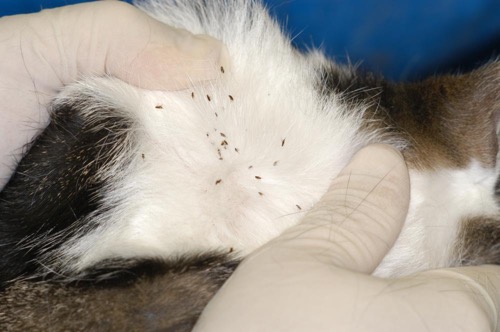
Fleas on a cat. Image courtesy Dr Michael W Dryde. Accessed 28 January 2020
In more Southern Australian communities, fleas are usually only a problem during the summer months.
Once they’re at a house or community, fleas are very hard to get rid of.
Fleas can lay hundreds of eggs. These eggs fall of the dog or cat and build up in the environment.
Flea eggs can survive well in the environment, and only hatch out when the conditions are right:
- when the humidity reaches 70%, and
- when the temperature is above 23 degC, and
- when the flea egg can feel people or animals moving about near it.
Sometimes, when the conditions are right, all the fleas will hatch out at the same time – this can be a big problem for both animals and people!
How do fleas cause sickness in dogs and cats?
Fleas can give dogs and cats:
1. Weak Blood: Anaemia
Fleas feed on blood. If an animal has too many fleas, they can lose too much blood and become anaemic.
This is normally only a problem for puppies and kittens, or animals that have a huge number of fleas on them.
2. Itching and sores
Flea bites are itchy.
Itchy dogs and cats can be grumpy because they are irritated.
When a dog or cat scratches flea bites, they can also turn into skin sores. These can get infected with bacteria that can be dangerous for both the animal and people. There is more information about skin sores at the end of this chapter.
3. Flea bite allergy
When a flea bites an animal, some of its saliva (spit) goes into the animal.
Some animals are allergic to the flea’s saliva.
When a dog or cat is allergic to fleas it will be very itchy, even from just a few fleas.
These allergic animals can lose some of their hair from scratching. The worst area is on the back, just above the tail.
Dogs with flea allergy dermatitis can look like they have mange, even though the problem is actually caused by fleas.
It is a good idea for the owners, the vet and the EHP to talk about what to do with these animals. They can be hard to treat.
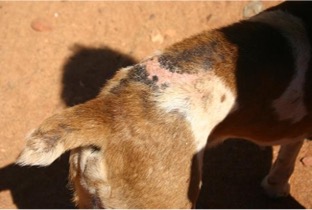
Dogs can lose hair from flea allergy dermatitis. Image courtesy Stephen Cutter.
Do fleas make people sick?
The dog and cat flea, Ctenocephalides felis, is the main flea found in houses across Australia.
The dog and cat flea will bite people and suck their blood.
Flea bites are itchy! If people get lots of bites, they can be very itchy and get sores – see the end of this chapter for more information on skin sores in people.
The most common place for flea bite sores is around people’s legs.
Some people also get allergic to the dog and cat flea. The flea bites and skin sores are worse in these people.
Fleas can also carry bacteria and viruses, and spread vector-borne diseases. The dog and cat flea can carry:
- Bartonella – these bacteria are the cause of a vector-borne disease called Bartonellosis. In people, this can cause Cat Scratch Disease.
- Rickettsia felis – this bacteria can cause flea-borne spotted fever in humans, and has been found in some dogs from remote Indigenous communities.
There is more information about both of these diseases in Chapter 8.
Lice
Some communities have trouble with lice on their dogs. Other communities have no lice problems at all.
Cats can also have lice, but we don’t see this very much.
Lice look a bit like fleas, but they do not jump like fleas.
They crawl all over the dog’s body and are lighter in colour than fleas.
Lice lay eggs, called ‘nits’, on a dog’s hair. Baby lice hatch out of these eggs.
Lice and eggs can build up in dog sleeping areas.
The lice spread from dog to dog when dogs touch each other or share sleeping areas.

This dog has lice – the small brown specs on the dog’s hair. Image courtesy Jan Allen/AMRRIC
There are two types of dog lice:
1. Chewing lice
These lice chew skin. Their scientific name is Trichodectes canis.
2. Sucking lice
These lice bite through the skin and suck blood from the dog. The scientific name for sucking lice is Linognathus setosus.
Do lice make dogs sick?
Both types of lice can make dogs itchy. Their coat gets dry and scruffy and they can get bald patches from scratching.
If pups have lots of sucking lice, they can lose too much blood. They can get anaemia (weak blood) from this blood loss.
Chapter 7 had information about treating lice.
Do lice from pets make people sick?
No. Dog lice only like dogs and cat lice only like cats. People do have their own lice, but these are different to the lice on pets.
Skin sores – bacterial skin infections
The skin of both animals and people is an important protective layer that stops germs getting into the body.
To stop these germs, the skin needs to be healthy, without any breaks.
Any type of break in the skin can get infected with bacteria. When this happens, it’s called a ‘skin sore’.
Skin sores are common for people and animals, especially in warm and humid places like the tropics.
Most skin sores on people will not be caused by pets’ parasites. In people, most skin sores start as human scabies, mosquito or midge bites, or cuts, scratches and grazes.
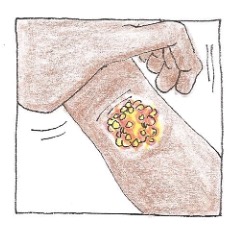
Even though it’s not as common, if dog scabies, ticks or fleas are on people, they can cause a break in the skin and this can get infected with bacteria. Bites and scratches from a dog or cat can also get infected with bacteria.
The main types of bacteria that get into people’s sores are Streptococcal bacteria and Staphylococcal bacteria.
As the EHP by treating the dogs and cats for parasites, you can help to stop pets’ parasites causing breaks in the skin of animals and people. This is really important for both animals’ and peoples’ health.
Streptococcal bacteria
In many communities in the tropics, people’s skin sores get infected with streptococcal bacteria, sometimes called ‘Group A Strep’ or just ‘strep’.
Strep infections can also cause people to have a sore throat.
Sometimes, the body’s immune gets confused when reacting to strep infections, and this can cause acute rheumatic fever.
Acute rheumatic fever can damage the heart valves and kidneys. This can eventually lead to serious health problems like Rheumatic Heart Disease (RHD) and Acute Post-Streptococcal Glomerulonephritis (APSGN).
RHD Australia has lots more information about these diseases.
As far as we know, the strep that causes acute rheumatic fever is passed from person to person, not from dogs or cats to people.
But we do know that other types of strep bacteria can be passed between dogs and people. More research needs to be done to look into what types of bacteria people and dogs can share through skin infections.
When there is a problem with skin sores or acute rheumatic fever in a community, the clinic may run a healthy skin program.
Staphylococcal bacteria
Staphylococcal bacteria, sometimes called ‘staph’ are another type of germ that can cause skin sores in people and animals.
Staph bacteria are normal on pets and people’s skin, but they can breed up too much if the pet or person has sores.
More research is needed, but it looks like dogs and people can share some types of Staph bacteria. See scientific articles here, here, here and here.
Some staph bacteria are also ‘resistant’ to many antibiotics. This means that normal antibiotics won’t work to kill these infections.
Antibiotic resistant staph are a big problem for people and animals.
We know that some dogs in communities do carry staphylococcal bacteria that are resistant to antibiotics. Doctors are also finding antibiotic resistant staph in people more and more often.
If the antibiotic resistant staph from dogs cross-breeds with antibiotic resistant staph on people’s skin, this could create a ‘superbug’ that no antibiotics will kill.
This means that we have to be very careful about the spread of bacteria between people and dogs. We also have to be very careful with our antibiotic use.
As the EHP, you can work with the clinic to help raise awareness of:
- what causes skin sores,
- how skin sores and sore throats can lead to kidney and heart problems in people,
- ways to clean bedding and houses to help prevent skin sores.
When there is a healthy skin program running, it’s a good idea to clean up dog and cat parasites too. Chapter 7 has more information about treating parasites in pets.

